If you've ever struggled with pull-ups and wondered, "Are pull-ups harder if you have long arms?" — you're not alone. This is a common question in fitness communities, and the answer isn't just a matter of opinion. The relationship between arm length and pull-up difficulty is deeply rooted in biomechanics. While some people seem to glide through their reps effortlessly, others (especially those with longer limbs) often find themselves grunting through the motion, or even hanging mid-air wondering why the bar feels like it's miles away. In this blog post, we'll dive deep into the science behind pull-ups and arm length, uncover why long-armed individuals may face extra challenges, and how to overcome them with smart training strategies.
The Biomechanics of a Pull-Up
Before we can understand why arm length might matter, we need to explore what's happening during a pull-up. A standard pull-up involves lifting your body vertically until your chin passes over a horizontal bar, using primarily your upper back and arms.
Muscles Involved:
- Latissimus dorsi (lats) — the main movers
- Biceps brachii — elbow flexion
- Trapezius and rhomboids — scapular retraction
- Forearms and grip muscles — holding the bar
From a mechanical standpoint, a pull-up is a closed-chain upper-body exercise that requires coordinated joint movement at the shoulders, elbows, and scapula. It's also a movement governed by torque — a concept we'll return to when we talk about arm length.
How Arm Length Affects the Pull-Up Movement
Let's get straight to it: yes, pull-ups are generally harder if you have long arms. But why?
Longer Distance to Travel
Long arms increase the range of motion required to complete a pull-up. Think of it this way: a person with short arms may only need to pull themselves up 10-12 inches to clear the bar. Someone with long arms might have to pull 16 inches or more. That's a significant increase in workload for each rep.
More Torque = More Effort
In physics, torque is the rotational force applied around a pivot point. During a pull-up, your shoulder joint acts as the pivot. The longer the lever (in this case, your arm), the more torque is required to move the same amount of weight. This means someone with longer arms has to generate more force just to overcome the same gravitational resistance.
Energy Expenditure
With longer limbs, you not only have to move your body further, but also stabilize a longer kinetic chain. That adds up to higher energy demands, faster fatigue, and — you guessed it — more difficulty with pull-ups.
Scientific Evidence and Expert Opinions
The relationship between limb length and exercise difficulty isn't just gym folklore — it's a topic supported by biomechanical principles and exercise science.
Biomechanical Studies
Research in biomechanics has shown that individuals with longer limbs, especially arms, often face greater difficulty in bodyweight exercises like pull-ups. The reason is mechanical disadvantage: longer lever arms increase the torque required to move the body upward, making the movement more physically demanding compared to those with shorter limbs.
Expert Insights
Fitness professionals generally agree that arm length plays a significant role in how difficult pull-ups feel. Training programs often need to be adjusted to accommodate different limb proportions. For those with long arms, that might mean spending more time building foundational pulling strength, focusing on scapular control, and using supportive tools like resistance bands to ensure progress and reduce injury risk.
Is It All Bad News? Advantages of Long Arms
Now here's the twist — having long arms isn't all doom and gloom. In fact, those same long limbs that make pull-ups tough can provide benefits in other strength areas.
Deadlifts
Long arms shorten the range of motion in deadlifts, meaning the bar travels a shorter distance from floor to lockout. Many top-level powerlifters in the deadlift category have long arms — it's actually an advantage there.
Athletic Versatility
A longer reach is beneficial in sports like boxing, swimming, volleyball, and basketball. So while pull-ups may be more challenging, your overall athleticism may still benefit from your proportions.
Potential for Greater Muscle Activation
Because long-limbed athletes often face increased tension through the full range of motion, they can potentially stimulate more muscle fibers when properly trained — making the reward worth the effort.
Training Tips for Long-Armed Individuals
Here's where things get practical. You can't change your arm length, but you can modify your approach to master pull-ups.
Use Resistance Bands
Band-assisted pull-ups are a great way to reduce the resistance while practicing full range of motion. This helps build strength without overwhelming fatigue early on.
Eccentric Pull-Ups
Start at the top position and slowly lower yourself down. Focus on a 3-5 second descent. Eccentrics are fantastic for building strength and control.
Increase Pulling Volume with Rows
Inverted rows, dumbbell rows, and resistance band rows can help you target the lats and upper back — essential muscles for pull-up success.
Strengthen the Grip
Longer arms mean more time under tension. Strengthening your grip with hangs, farmer's carries, and fat bar training can make a huge difference.
Work on Scapular Control
Add scapular pull-ups to improve the starting portion of your pull-up and develop shoulder stability. This is especially helpful for long-limbed lifters who struggle with initiating the movement.
Modify the Tempo
Slower, controlled reps reduce momentum reliance and improve motor control. For long-armed trainees, this builds smoother, stronger reps over time.
Manage Body Fat
Pull-ups are bodyweight-dependent. A leaner body makes the movement easier, especially for those who already have to travel a longer vertical distance.
Final Verdict: Are Pull-Ups Harder If You Have Long Arms?
Yes, pull-ups are generally harder if you have long arms. The increased range of motion, higher torque demands, and greater energy expenditure all contribute to the challenge. But harder doesn't mean impossible.
In fact, once you understand the mechanics behind the difficulty, you can tailor your training to work with — not against — your body's proportions. Long arms may mean more effort per rep, but they also provide unique opportunities for strength development and functional muscle growth.
With smart progressions, consistency, and a bit of patience, anyone — regardless of arm length — can become proficient at pull-ups.
Summary Table: Short Arms vs Long Arms in Pull-Ups
| Factor | Short Arms | Long Arms |
|---|---|---|
| Range of Motion | Shorter, more compact | Longer, more extended |
| Energy Requirement | Lower per rep | Higher per rep |
| Torque Demands | Less force needed | More force required |
| Perceived Difficulty | Easier for beginners | Generally more difficult |
| Progression Speed | Faster | Slower (initially) |
| Athletic Advantages | Explosive reps | Greater leverage in other lifts |
Wrapping It Up
Next time you're hanging from the bar and wondering why pull-ups feel like climbing Everest, remember — it might just be your arm length, and that's okay. The key is not to compare yourself to others but to train intelligently for your body.
So are pull-ups harder if you have long arms? Yes — but the view from the top is even more rewarding when the climb is tougher.

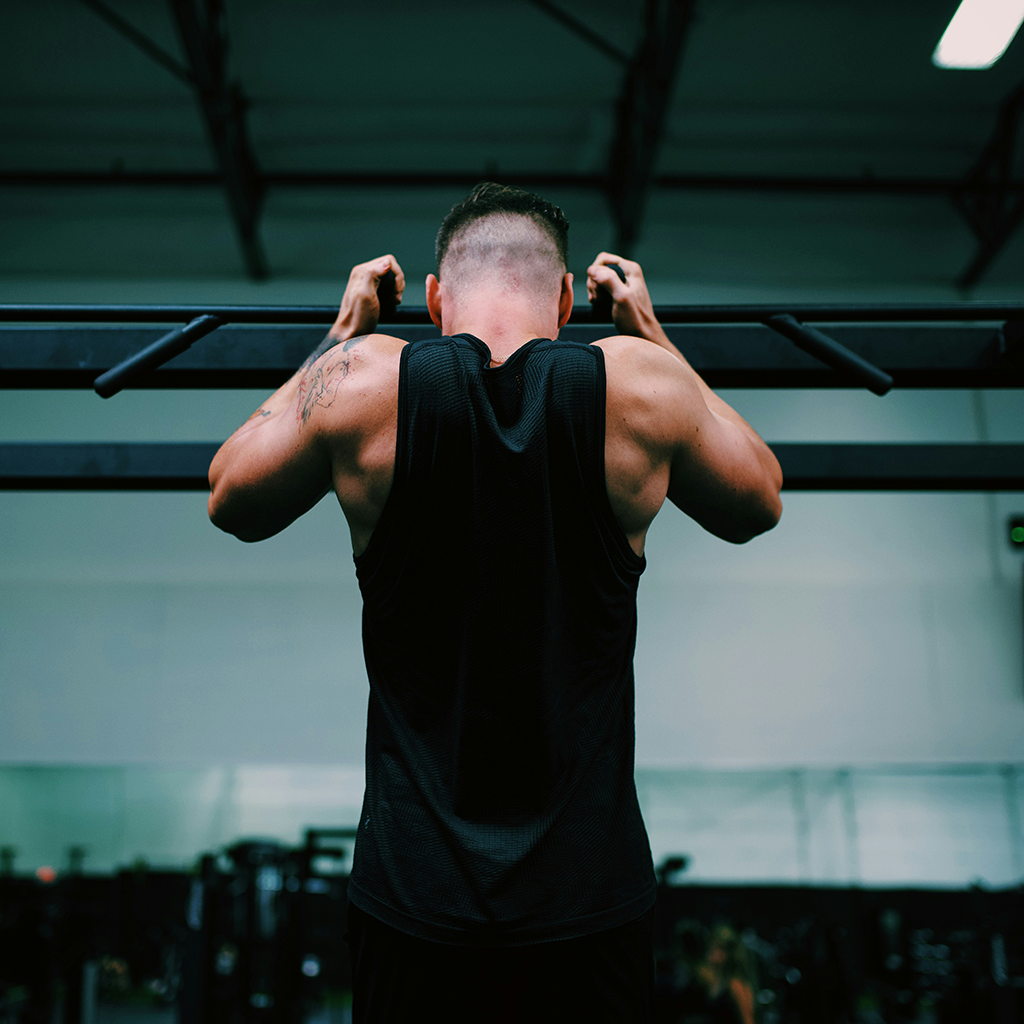
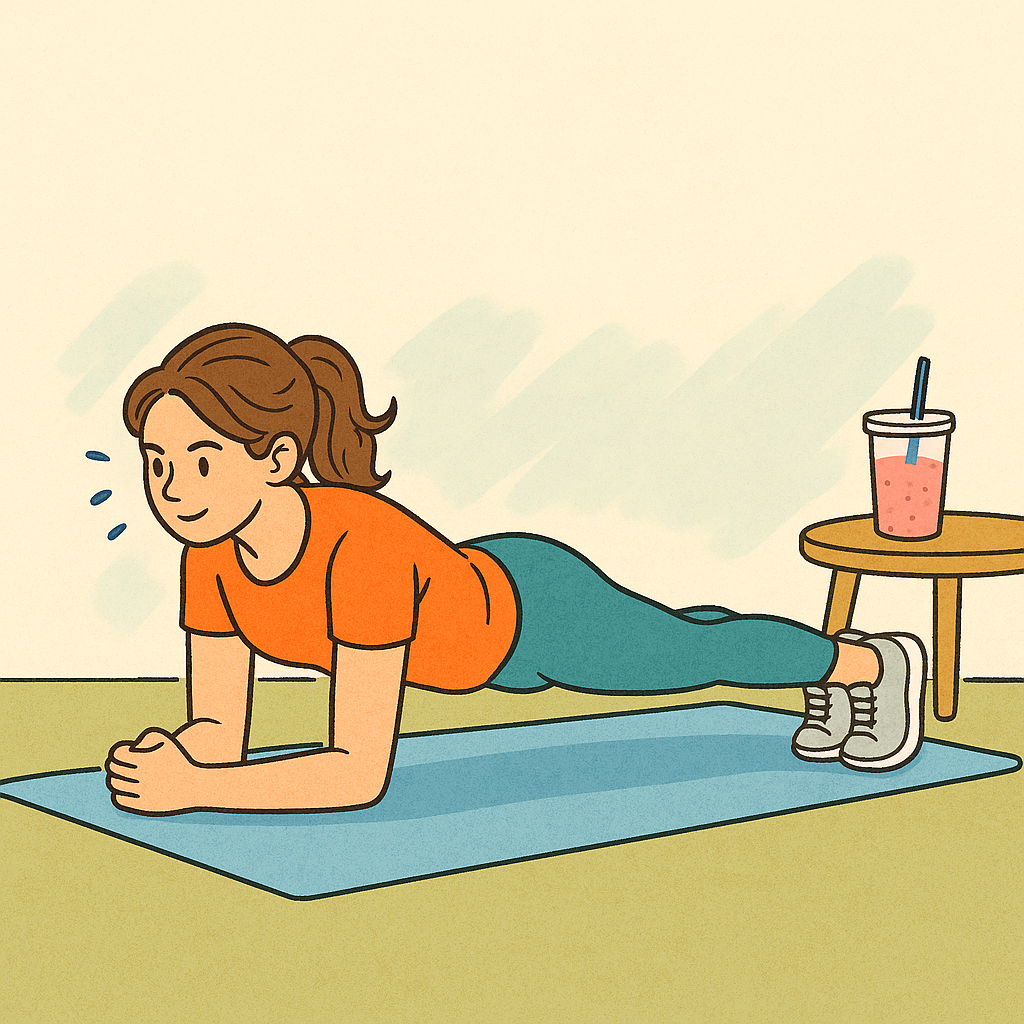
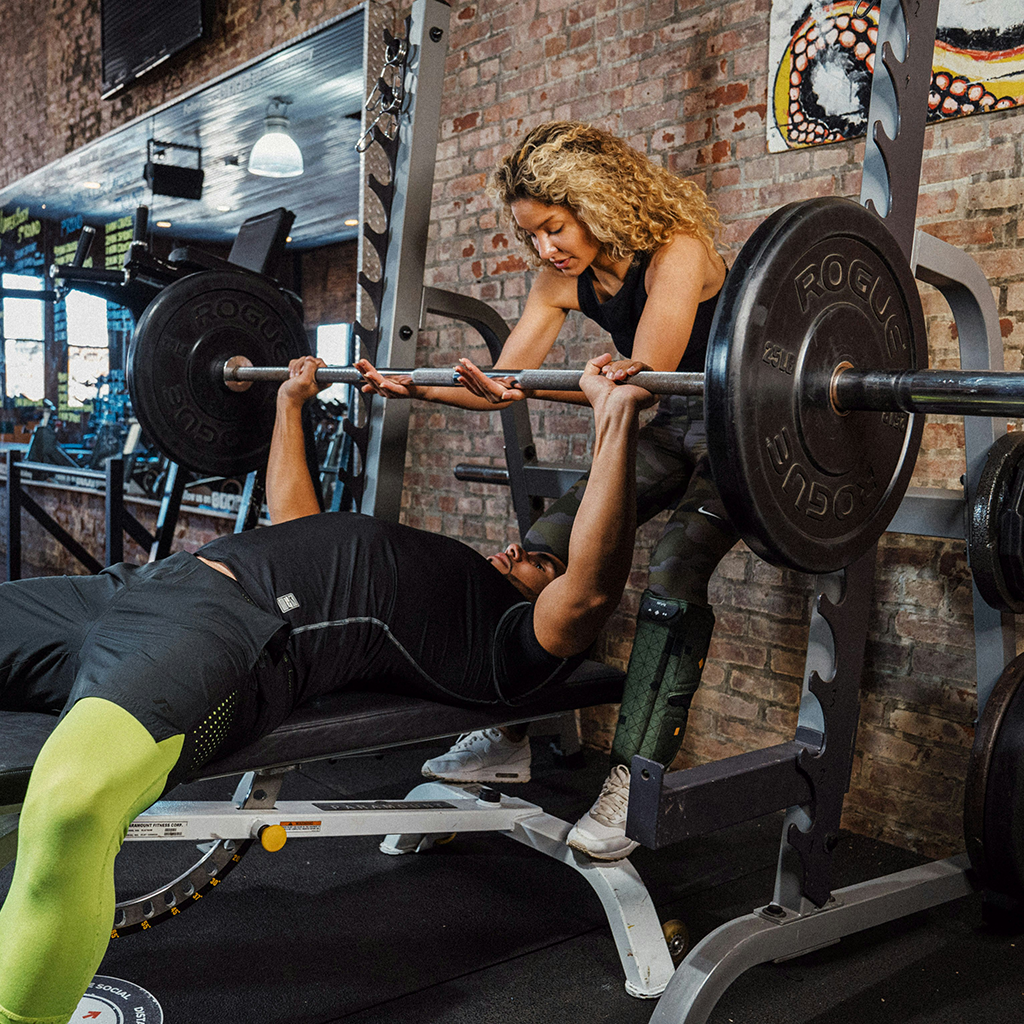
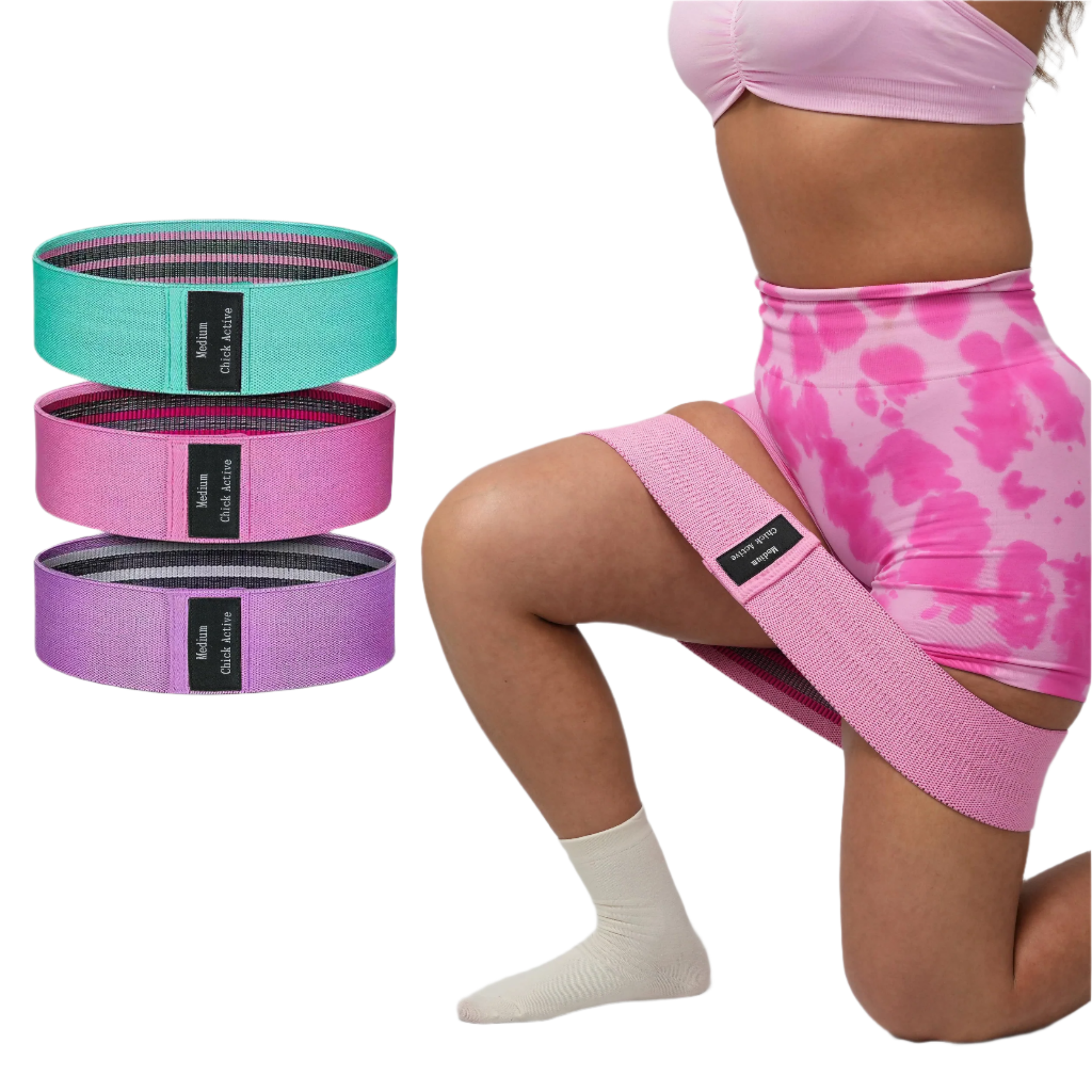

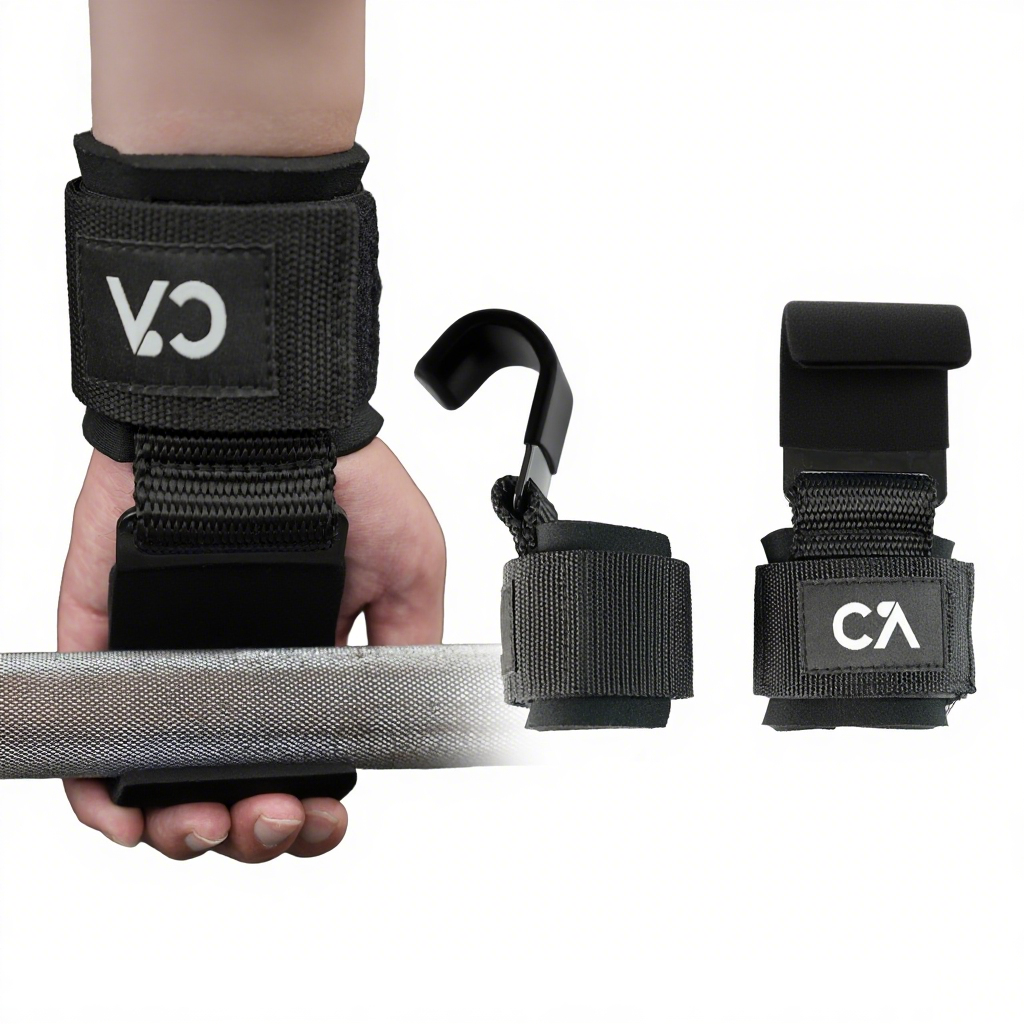
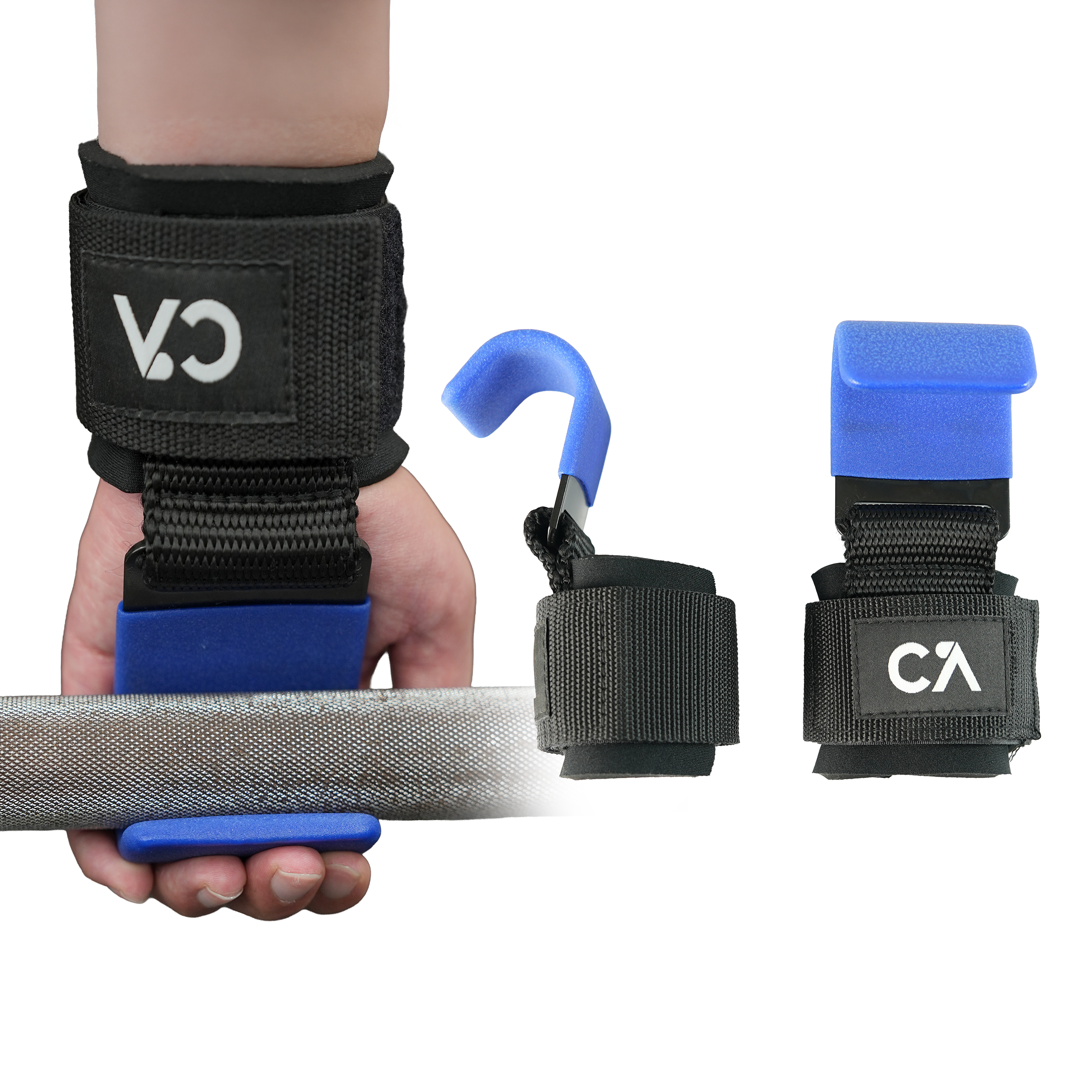
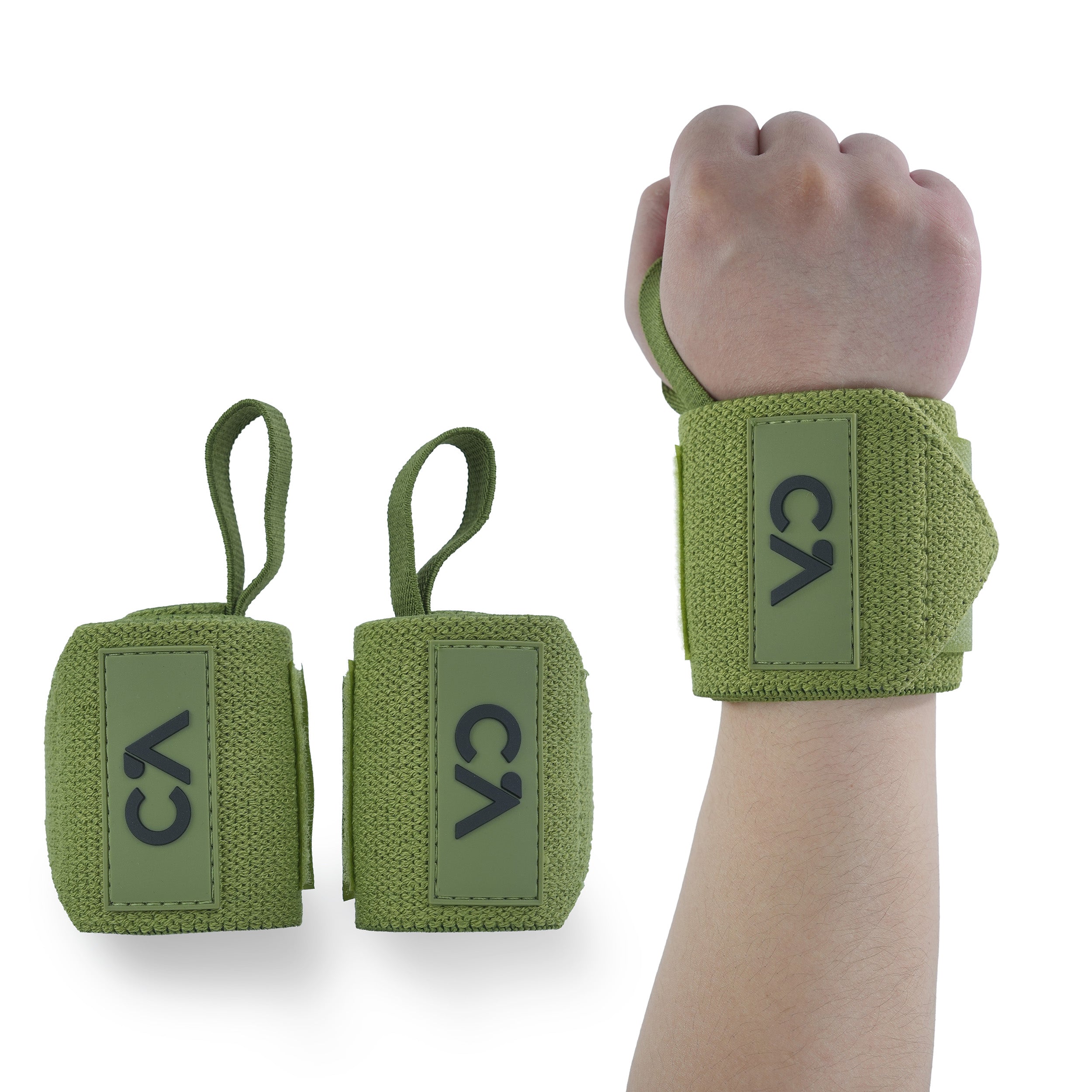
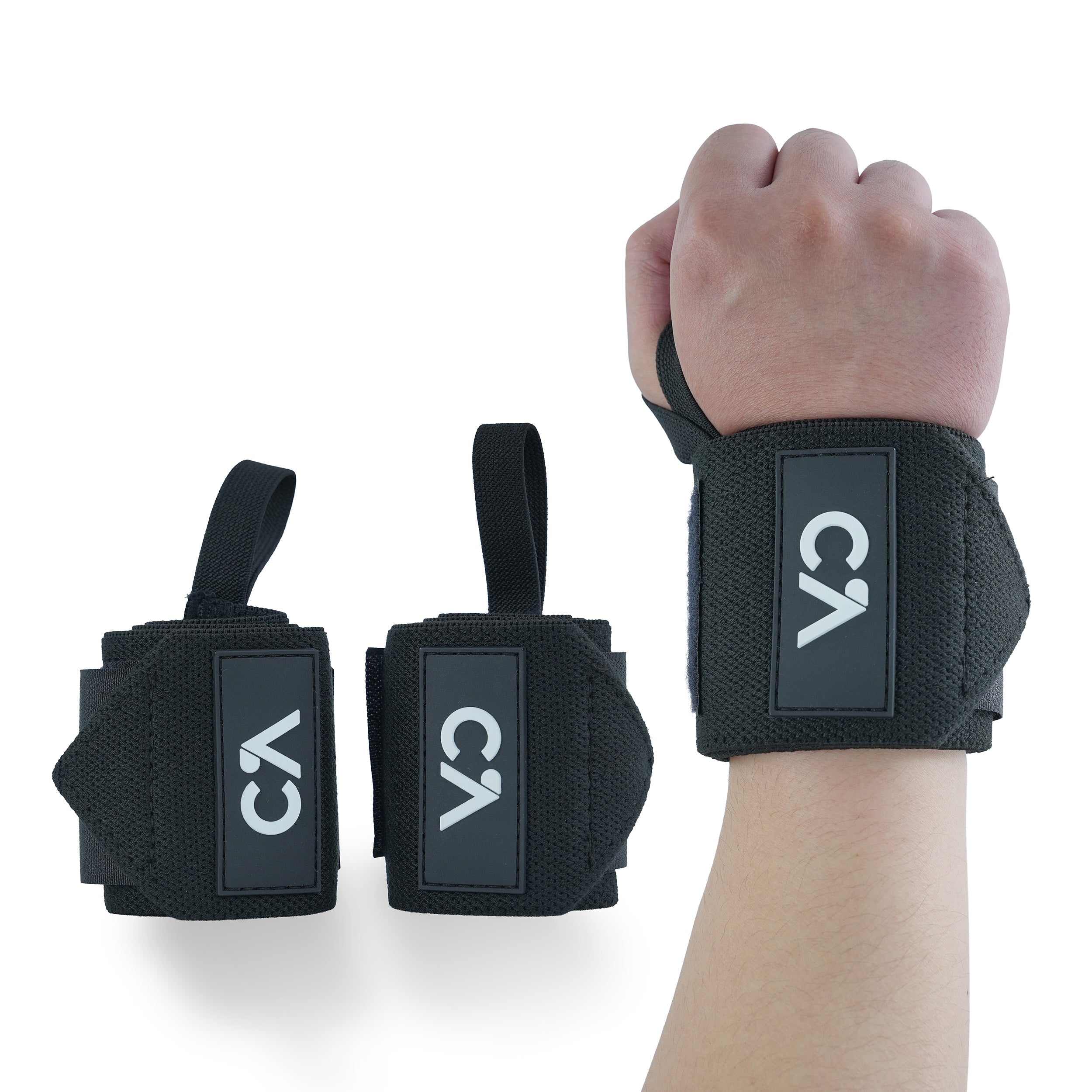
Leave a comment
All comments are moderated before being published.
This site is protected by hCaptcha and the hCaptcha Privacy Policy and Terms of Service apply.